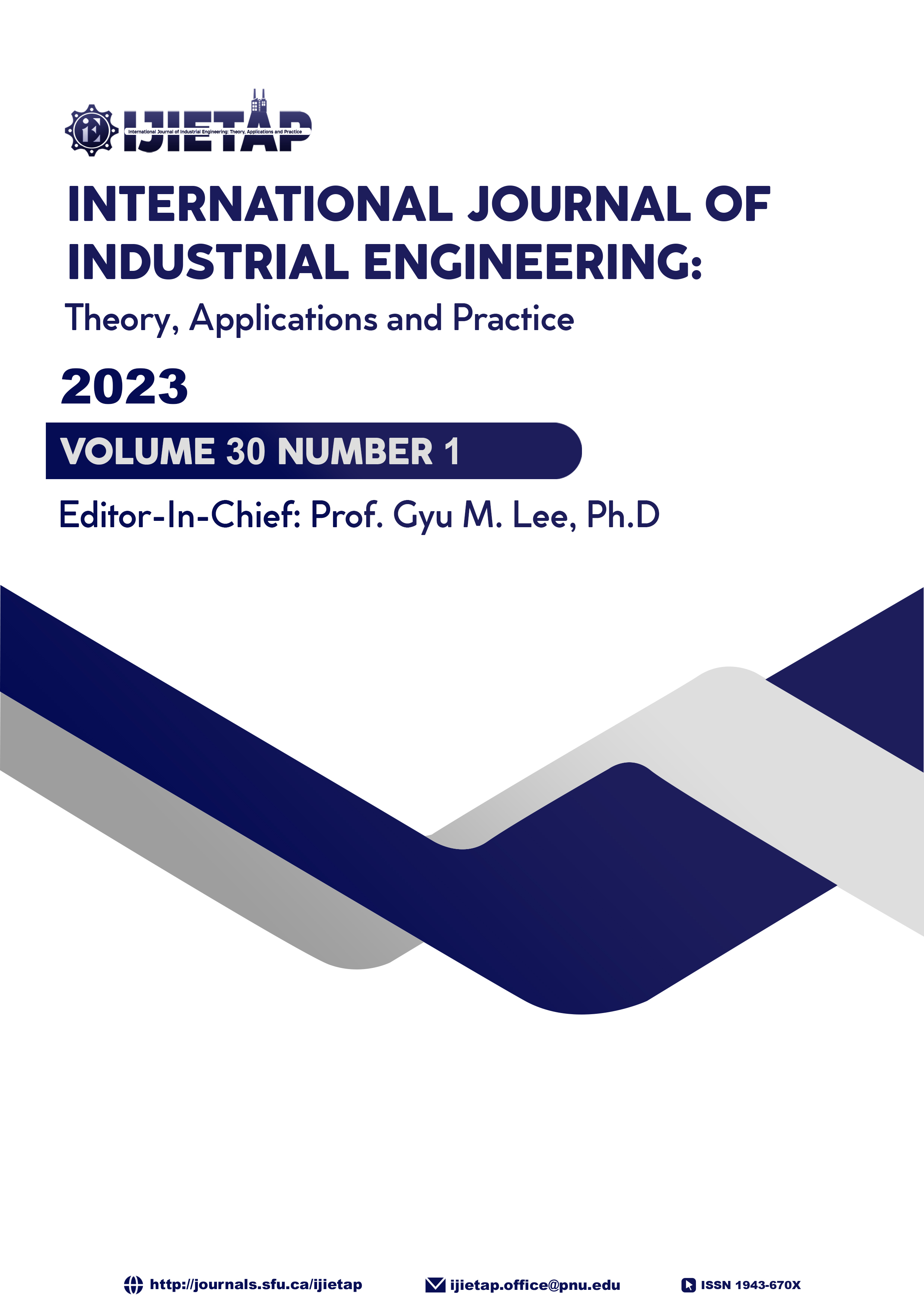EFFECT OF PURITY LEVEL OF CO2 SHIELDING ON METAL ACTIVE GAS WELDED JOINT QUALITY
DOI:
https://doi.org/10.23055/ijietap.2023.30.1.8449Keywords:
Carbon dioxide, metal active gas (MAG welding), ultrasonic testing, gas purity level, porosityAbstract
The investigation deals with the study of the effect of the purity level of carbon dioxide shielding gas on the metal active gas weld quality. Studied 99.78 %, 99.95 %, and 99.97 % purity levels of carbon dioxide shielding gas. Factors considered were related to shielding gas purity, moisture, Sulphur, and oxygen content. Welded samples were subjected to ultrasonic testing to assess weld quality. With the reduction in purity level below 99.9 %, it was observed that the weld defect percentage increased in both lab trials and mass manufacturing jobs. The defects recorded were 5% higher when jobs were welded using carbon dioxide supplied from a gas cylinder than that supplied from liquid cryogenic bullets; this established that a higher purity level could be maintained in cryogenic storage and transport of shielding gases. This states helpful references to manufacturing industries for selecting the purity level of shielding gas, with the objective of rework reduction.
Published
How to Cite
Issue
Section
License
The Author(s) must formally transfer each article's copyright before publication in the INTERNATIONAL JOURNAL OF INDUSTRIAL ENGINEERING. Such transfer enables the Journal to defend itself against plagiarism and other forms of copyright infringement. Your cooperation is appreciated.
You agree that the copyright of your article to be published in the INTERNATIONAL JOURNAL OF INDUSTRIAL ENGINEERING - THEORY, APPLICATIONS, AND PRACTICE is hereby transferred, throughout the World and for the full term and all extensions and renewals thereof, to INTERNATIONAL JOURNAL OF INDUSTRIAL ENGINEERING - THEORY, APPLICATIONS, AND PRACTICE.
The Author(s) reserve(s): (a) the trademark rights and patent rights, if any, and (b) the right to use all or part of the information contained in this article in future, non-commercial works of the Author's own, or, if the article is a "work-for-hire" and made within the scope of the Author's employment, the employer may use all or part of the information contained in this article for intra-company use, provided the usual acknowledgments are given regarding copyright notice and reference to the original publication.
The Author(s) warrant(s) that the article is Author's original work and has not been published before. If excerpts from copyrighted works are included, the Author will obtain written permission from the copyright owners and credit the article's sources.
The author also warrants that the article contains no libelous or unlawful statements and does not infringe on the rights of others. If the article was prepared jointly with other Author(s), the Author agrees to inform the co-Author(s) of the terms of the copyright transfer and to sign on their behalf; or in the case of a "work-for-hire," the employer or an authorized representative of the employer.
The journal does not provide the author copy of the final paper when it is published. The author(s) can make(s) a subscription to INTERNATIONAL JOURNAL OF INDUSTRIAL ENGINEERING - THEORY, APPLICATIONS, AND PRACTICE if they want to get the final paper that has already been published.
The journal is registered with the Library of Congress (ISSN # 1943-670X). All rights reserved. No part of this publication may be reproduced, stored in a retrieval system, or transmitted in any form or by any means, electronic, mechanical, photocopying, recording, or otherwise, without the prior written permission of the journal.
The author reserves patent and trademark rights and the right to use all or part of the information contained in the article in future non-commercial works.





